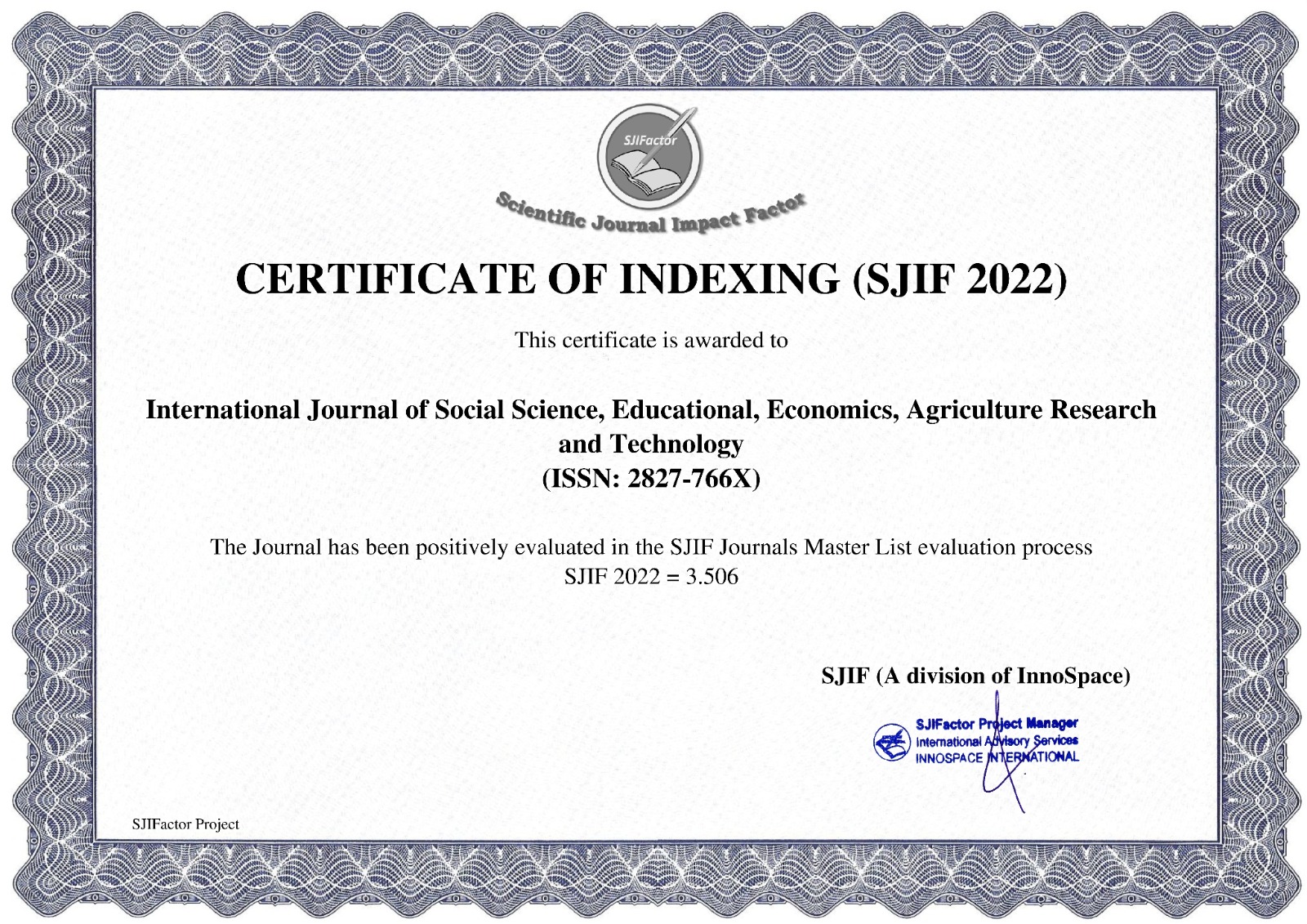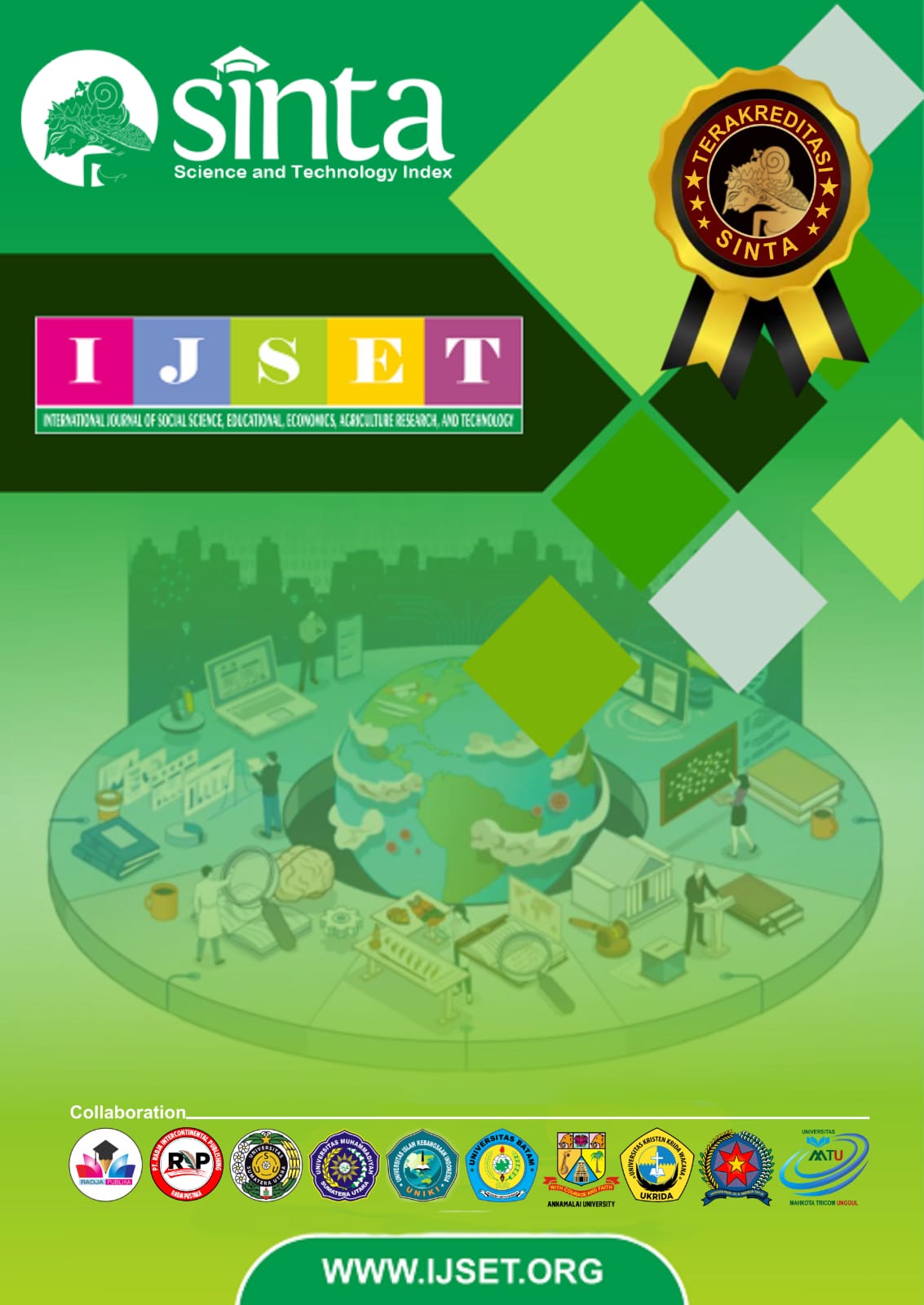EVALUATION OF ELF PUBLIC TRANSPORTATION SERVICES IN CIREBON REGENCY: ABILITY TO PAY, SATISFACTION, AND CONVENIENCE BEFORE AND DURING THE PANDEMIC
Main Article Content
Andis Destrian Irianto
The COVID-19 pandemic has disrupted various sectors in Cirebon Regency, including the transportation system, especially elf-type city transportation services. This study aims to analyze the ability to pay, level of satisfaction, and ease of public access to elf transportation services in Cirebon Regency. Data collection was conducted through an online questionnaire survey with 100 respondents, determined using the Slovin method with a margin of error of 10%. The results showed that the average tariff set by elf drivers was Rp3.038,46, while the majority of respondents were able to pay up to Rp 4.000,00. Before the pandemic, ease of access was considered quite good, but decreased during the pandemic due to operational restrictions and fleet reduction. User satisfaction levels have been stable, with the majority of respondents rating the service as adequate. These findings suggest that despite the pandemic, public acceptance of elf services remains high. Therefore, policies that support the sustainability of public transportation are needed, such as improving comfort, operational efficiency, and adjusting tariffs according to people's purchasing power. This has been proven in the field, with these improvements making it easier for people to access mobility and also having an impact on the regional economy.
Alotaibi, A., Almasoudi, A., & Alqurashi, A. (2025). Investigation of the impact of smart mobility solutions on urban transportation efficiency in Saudi Arabian Cities. Journal of Umm Al-Qura University for Engineering and Architecture, 0123456789. https://doi.org/10.1007/s43995-025-00114-3
Ashraf, A., & Idrisi, M. J. (2024). Smart and Sustainable Public Transportation - A Need of Developing Countries. International Journal of Networked and Distributed Computing, 12(1), 144–152. https://doi.org/10.1007/s44227-024-00023-2
Ataburo, H., Ampong, G. E., & Essuman, D. (2024). Developing operational resilience to navigate transportation disruptions: the role and boundaries of efficiency priority. Annals of Operations Research, 340(2–3), 723–755. https://doi.org/10.1007/s10479-024-06092-4
Bank, W. (2019). Mobility and Economic Inclusion Are Key to Productive Cities in the 21st Century. Https://Www.Worldbank.Org/En/News/Feature/2019/09/20/Mobility-and-Economic-Inclusion-Are-Key-to-Productive-Cities-in-the-21st-Century.
Informatika, D. K. dan. (2024). Pemkab Cirebon Berkomitmen Tingkatkan Kualitas Transportasi Publik. Https://Cirebonkab.Go.Id/Pemkab-Cirebon-Berkomitmen-Tingkatkan-Kualitas-Transportasi-Publik/.
Ju, C., Li, K., Xu, C., & Bao, F. (2025). Challenges and opportunities of hydrogen energy application in public transportation in the post-epidemic period. Humanities and Social Sciences Communications, 12(1), 1–20. https://doi.org/10.1057/s41599-024-04089-9
Lee, S., Kim, J., & Cho, K. (2024). Temporal dynamics of public transportation ridership in Seoul before, during, and after COVID-19 from urban resilience perspective. Scientific Reports, 14(1), 1–10. https://doi.org/10.1038/s41598-024-59323-w
Lee, S., & Nguyen, T. T. (2025). Prioritizing public service investments and analyzing factors affecting willingness to pay for public services during the COVID-19 pandemic: a case study of rural areas in Chungnam Province, South Korea. Discover Sustainability, 6(1). https://doi.org/10.1007/s43621-025-00887-6
Naderi, S., Tian, X., & An, C. (2025). Assessment of mobility trends and transportation-related emissions in Canadian cities during the post-COVID-19 pandemic period. Environmental Systems Research, 14(1). https://doi.org/10.1186/s40068-025-00394-7
Pontoh, N. K., & Kustiwan, I. (2008). Pengantar Perencanaan Perkotaan. Penerbit ITB.
Rosell, J. (2024). Environmental resilience of the largest European public transport providers during the COVID-19 pandemic. Environmental Sciences Europe, 36(1). https://doi.org/10.1186/s12302-024-00996-5
Sahu, S., Shanker, S., Kamat, A., & Barve, A. (2023). India’s public transportation system: the repercussions of COVID-19. In Public Transport (Vol. 15, Issue 2). Springer Berlin Heidelberg. https://doi.org/10.1007/s12469-023-00320-z
Sawitri, D., & Maryati, S. (2014). Metode Analisis Perencanaan. Universitas Terbuka.
Sogbe, E., Susilawati, S., & Pin, T. C. (2025). Scaling up public transport usage: a systematic literature review of service quality, satisfaction and attitude towards bus transport systems in developing countries. Public Transport, 17(1), 1–44. https://doi.org/10.1007/s12469-024-00367-6
Speizer, S., Fuhrman, J., Aldrete Lopez, L., George, M., Kyle, P., Monteith, S., & McJeon, H. (2024). Integrated assessment modeling of a zero-emissions global transportation sector. Nature Communications, 15(1), 1–15. https://doi.org/10.1038/s41467-024-48424-9
Xu, J., Qiu, Y., Rahman, M. K., Bhuiyan, M. A., & Hasan, T. (2025). The Regional Economic Spatial Spillover Effect of China and ASEAN. Journal of Industry, Competition and Trade, 25(1), 1–19. https://doi.org/10.1007/s10842-025-00440-1
Zhang, T., Cheng, J., & Zou, Y. (2024). Multimodal transportation routing optimization based on multi-objective Q-learning under time uncertainty. Complex and Intelligent Systems, 10(2), 3133–3152. https://doi.org/10.1007/s40747-023-01308-9






















